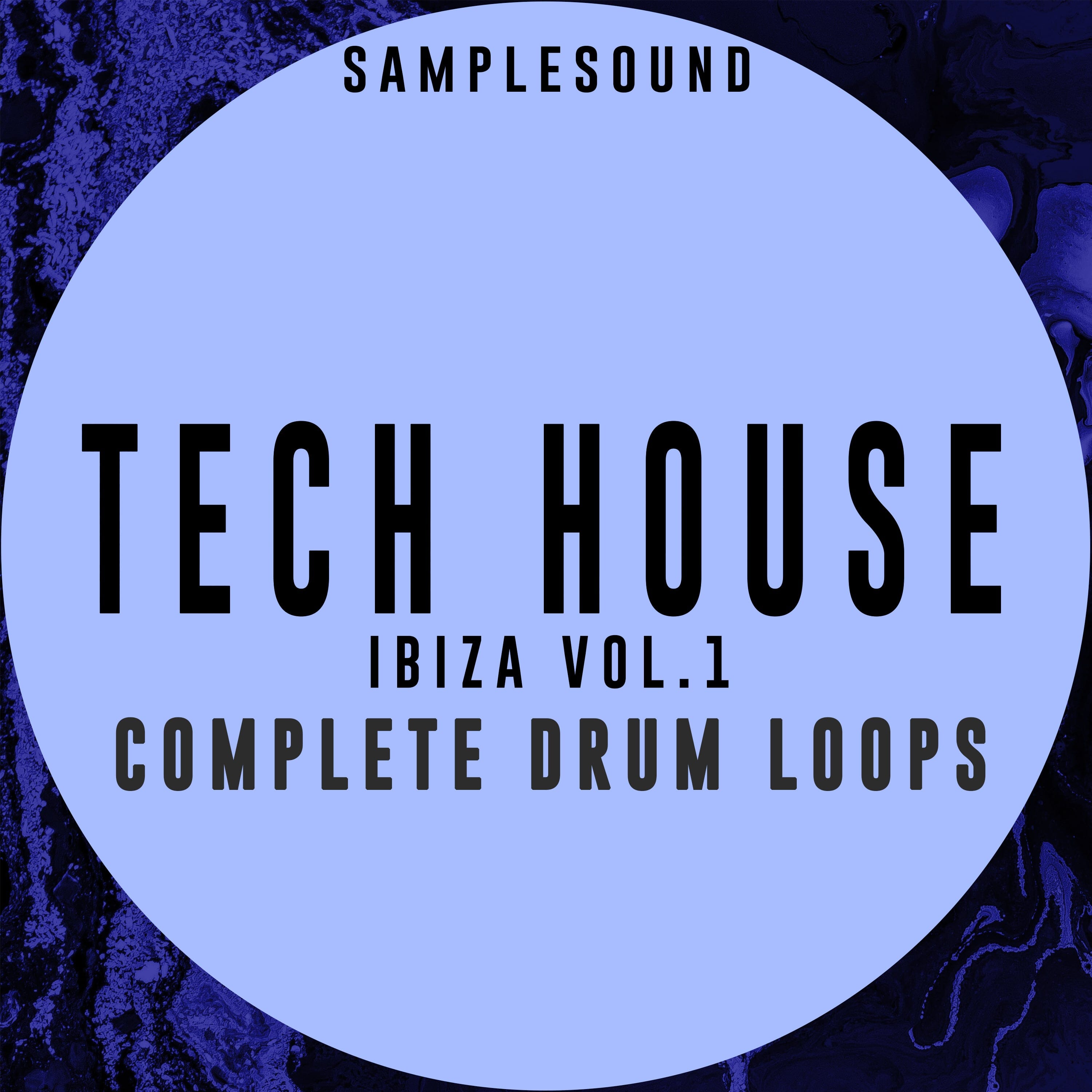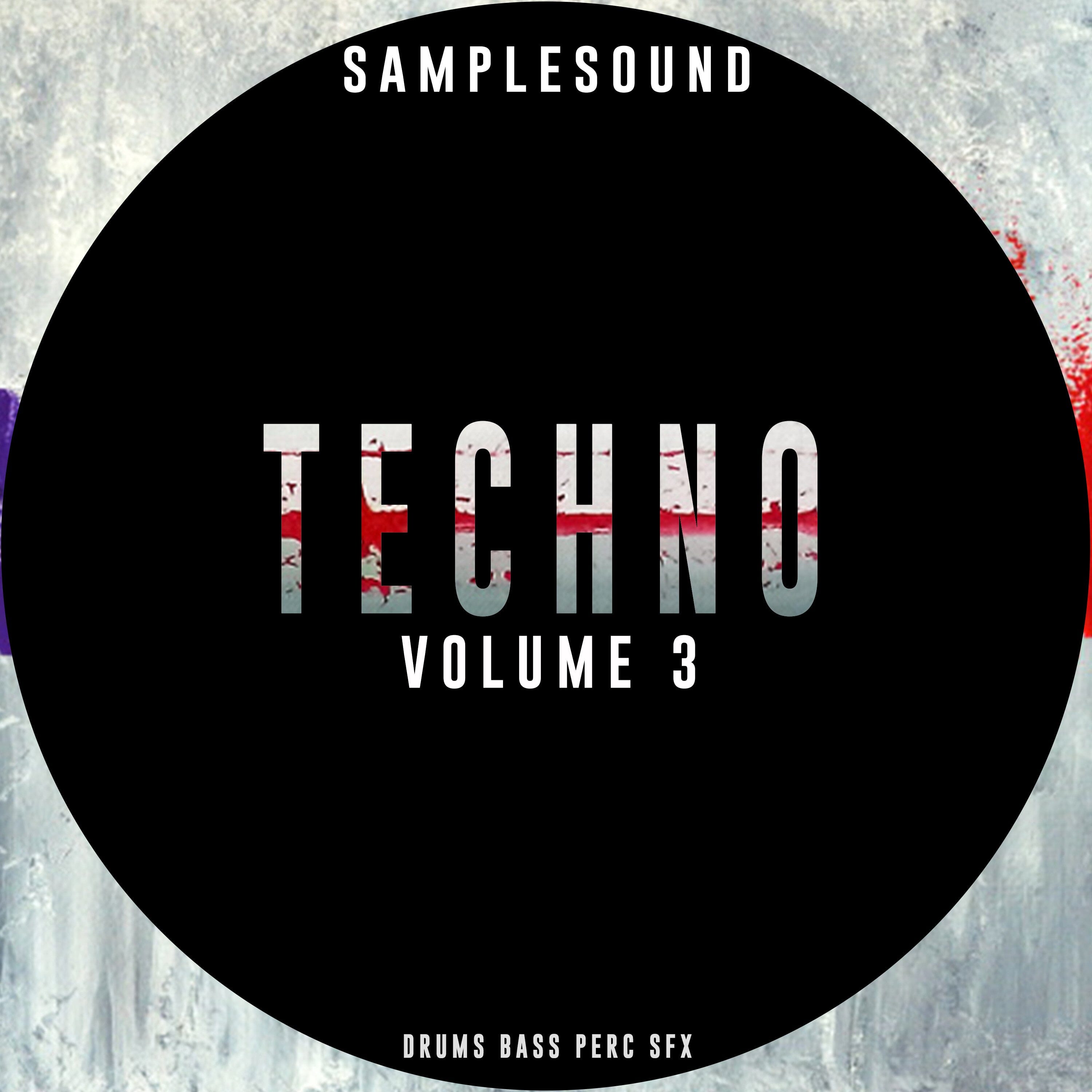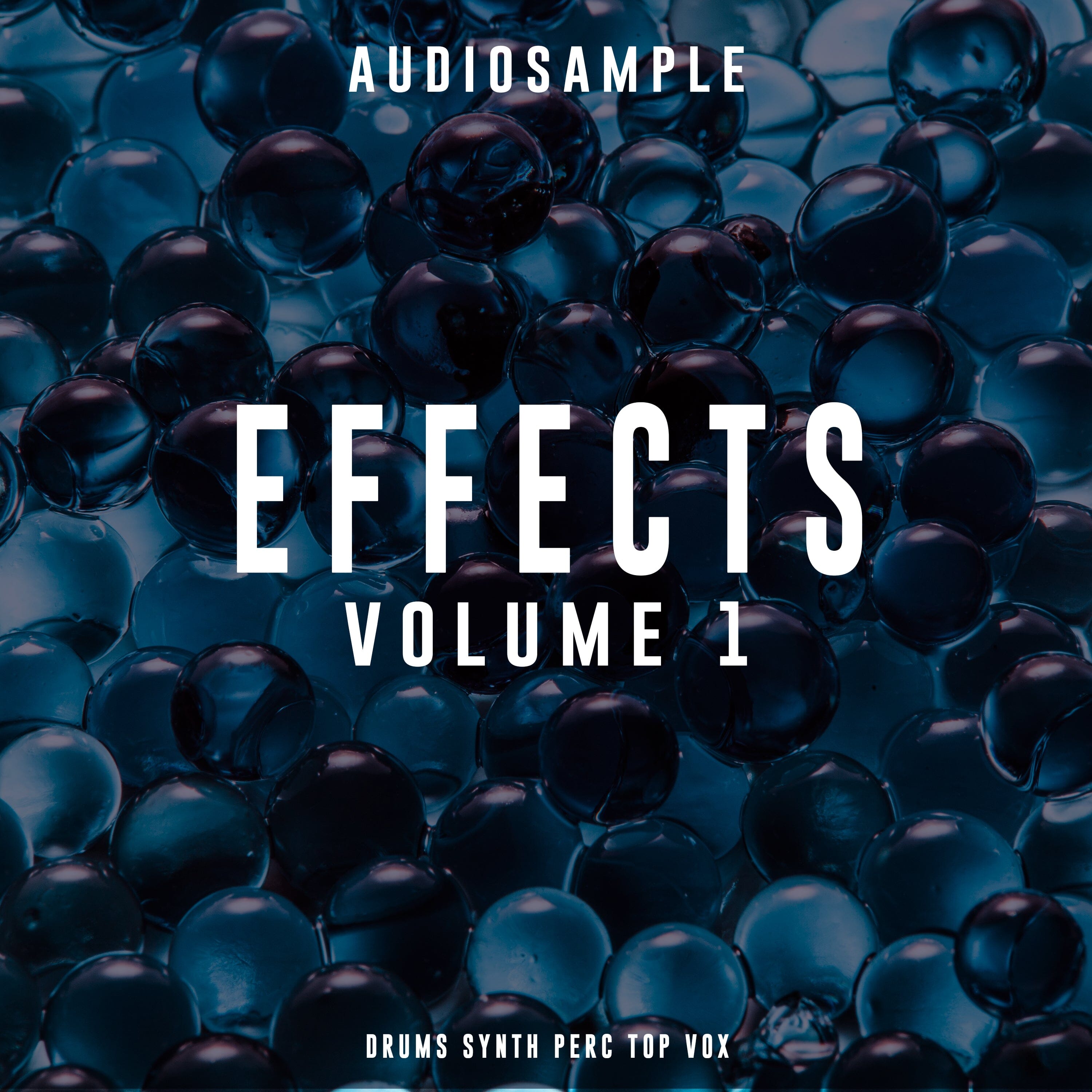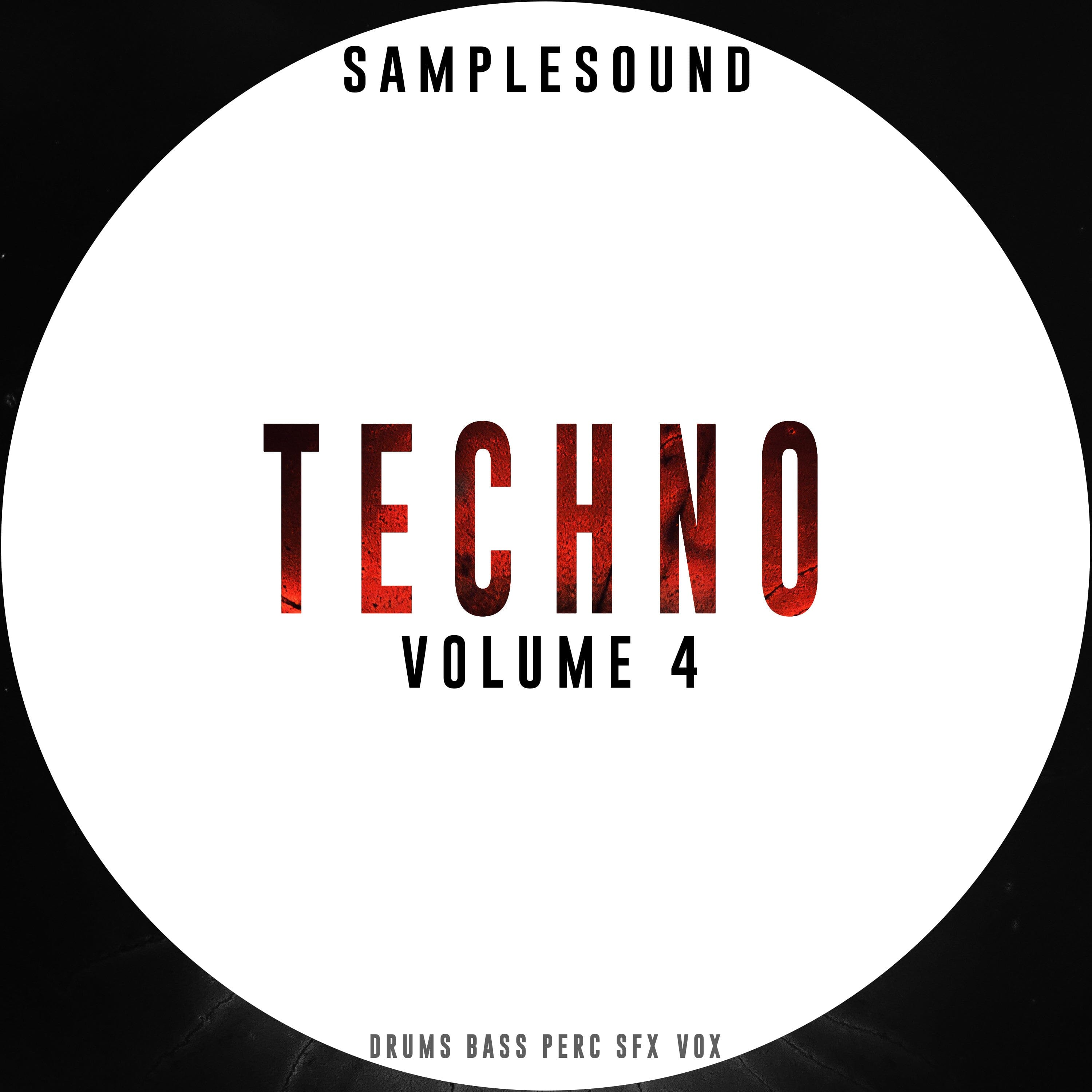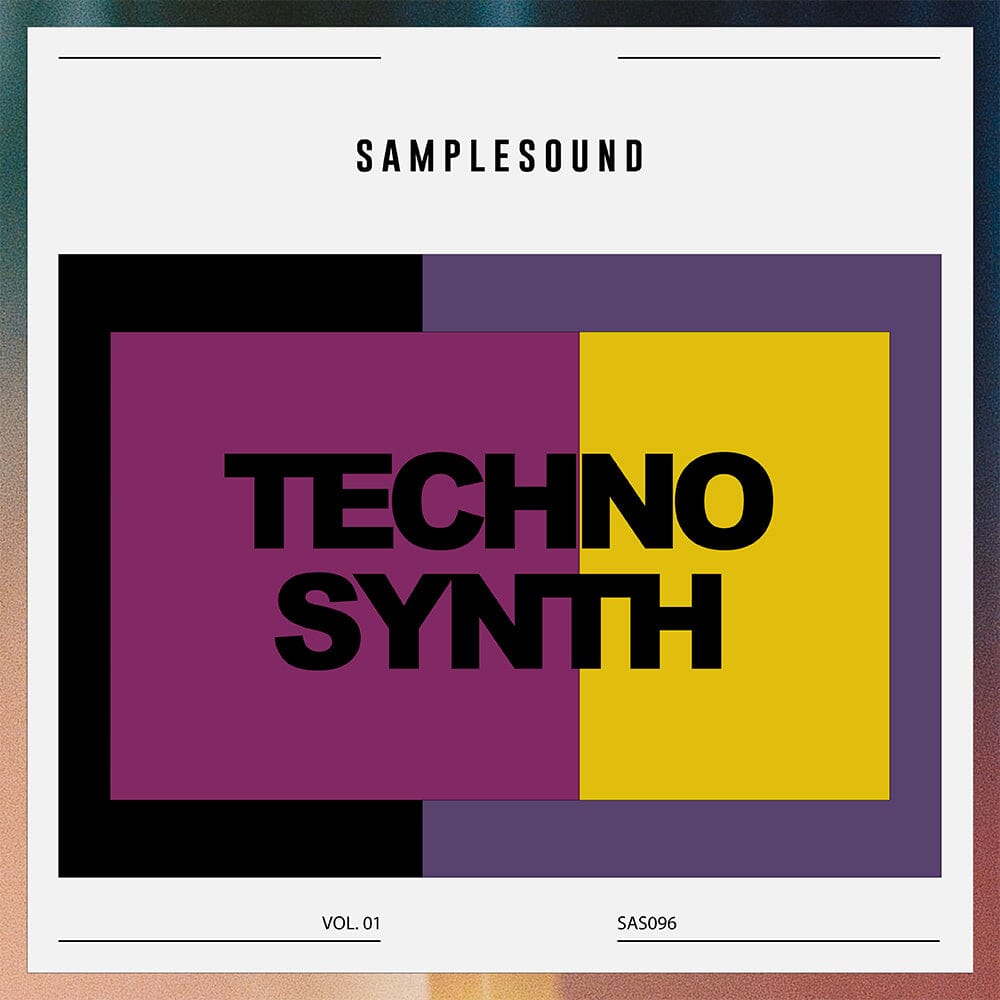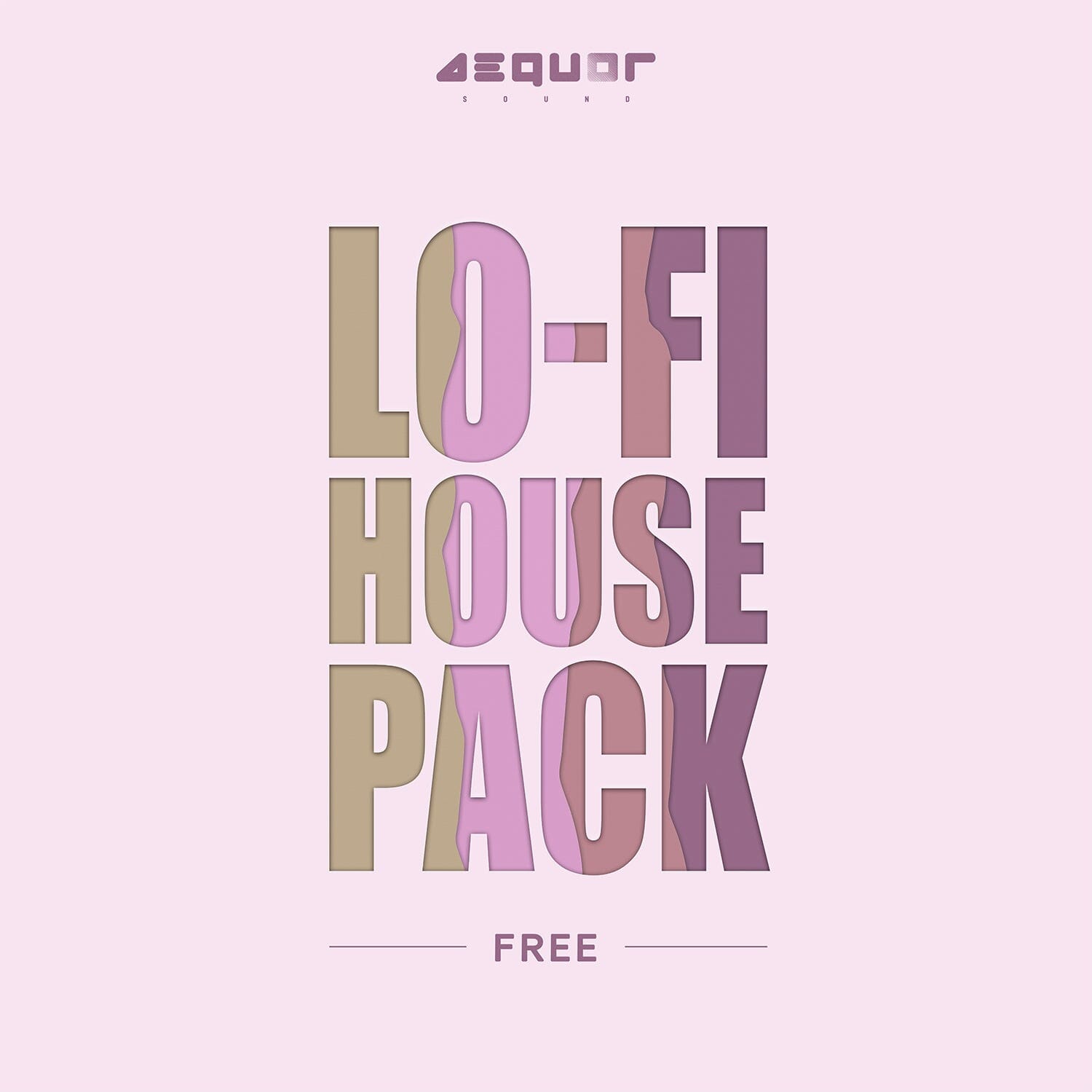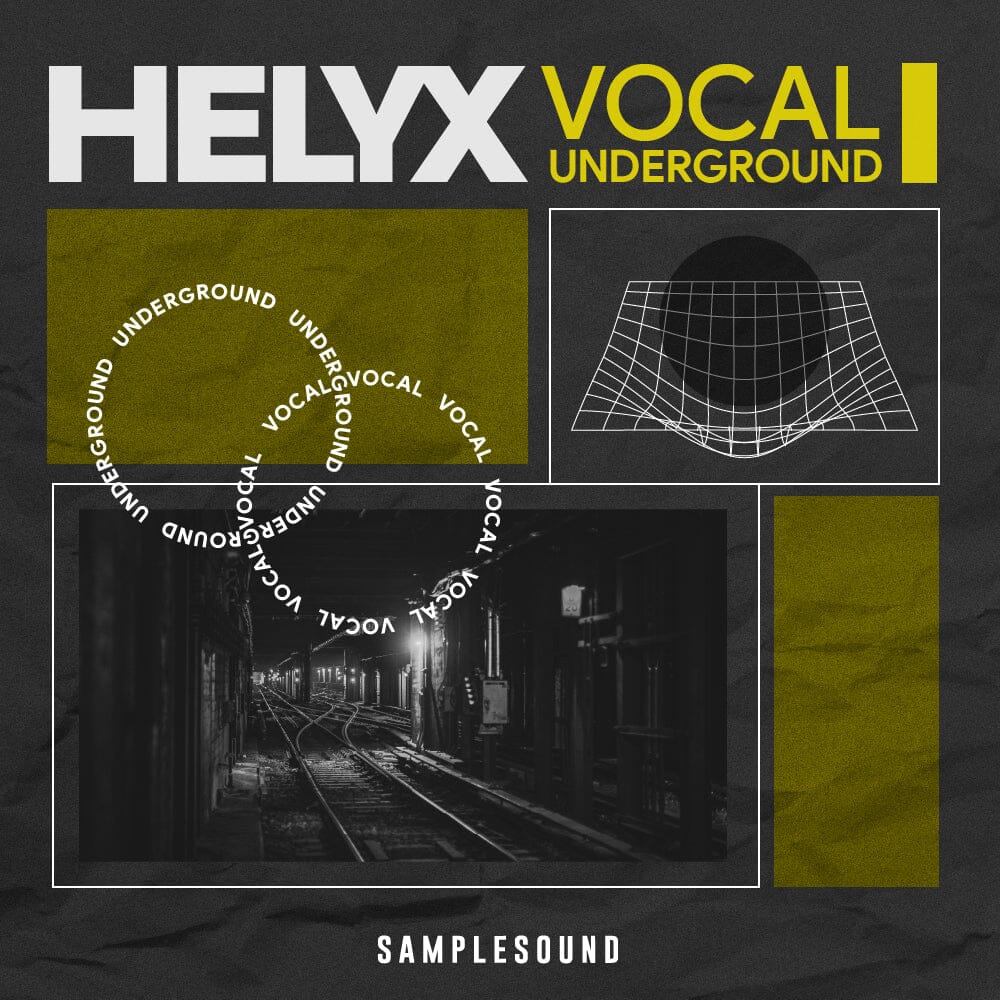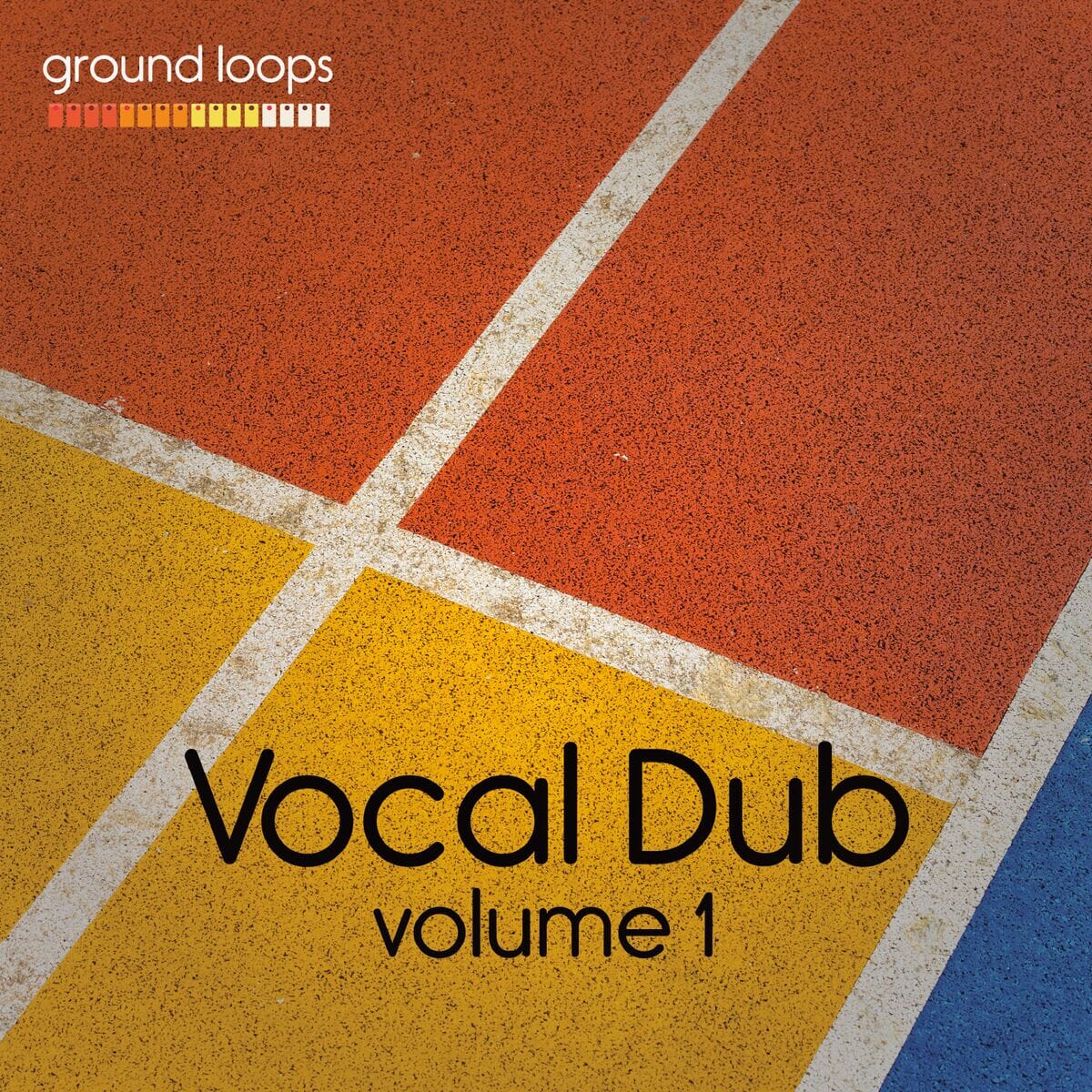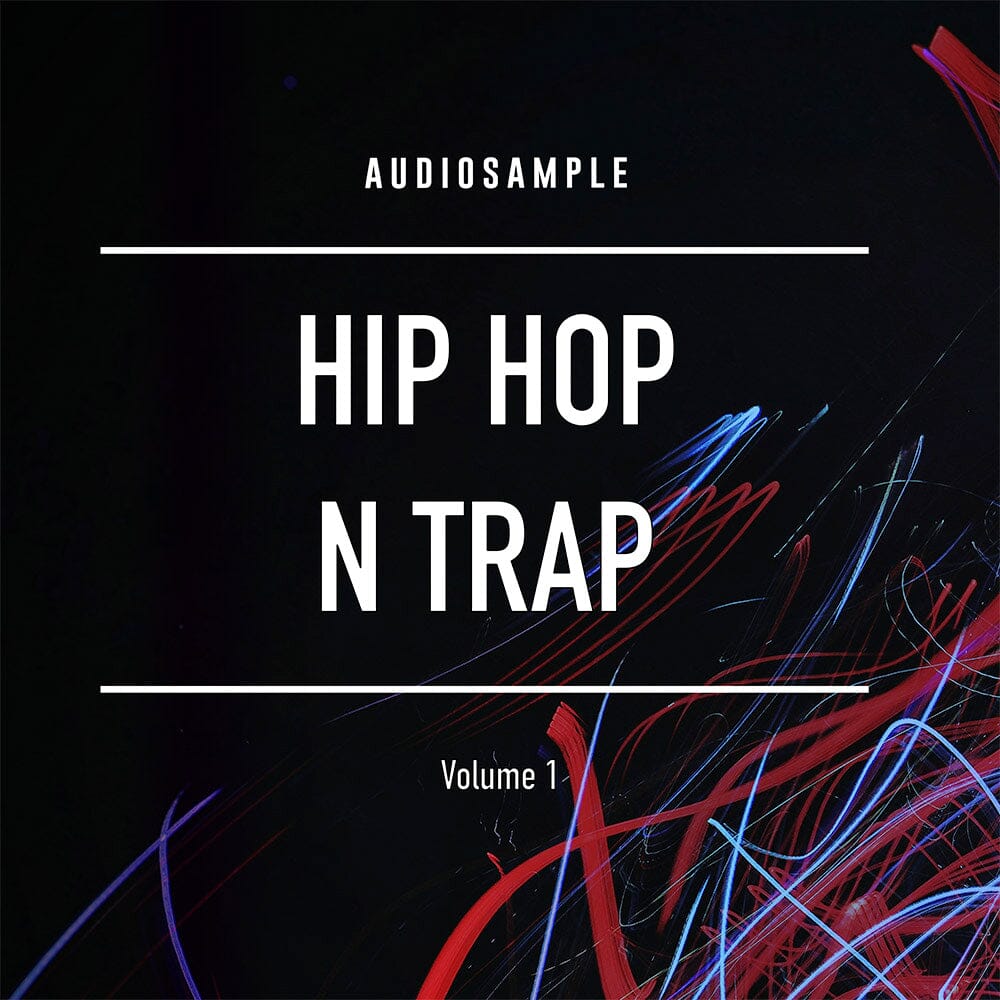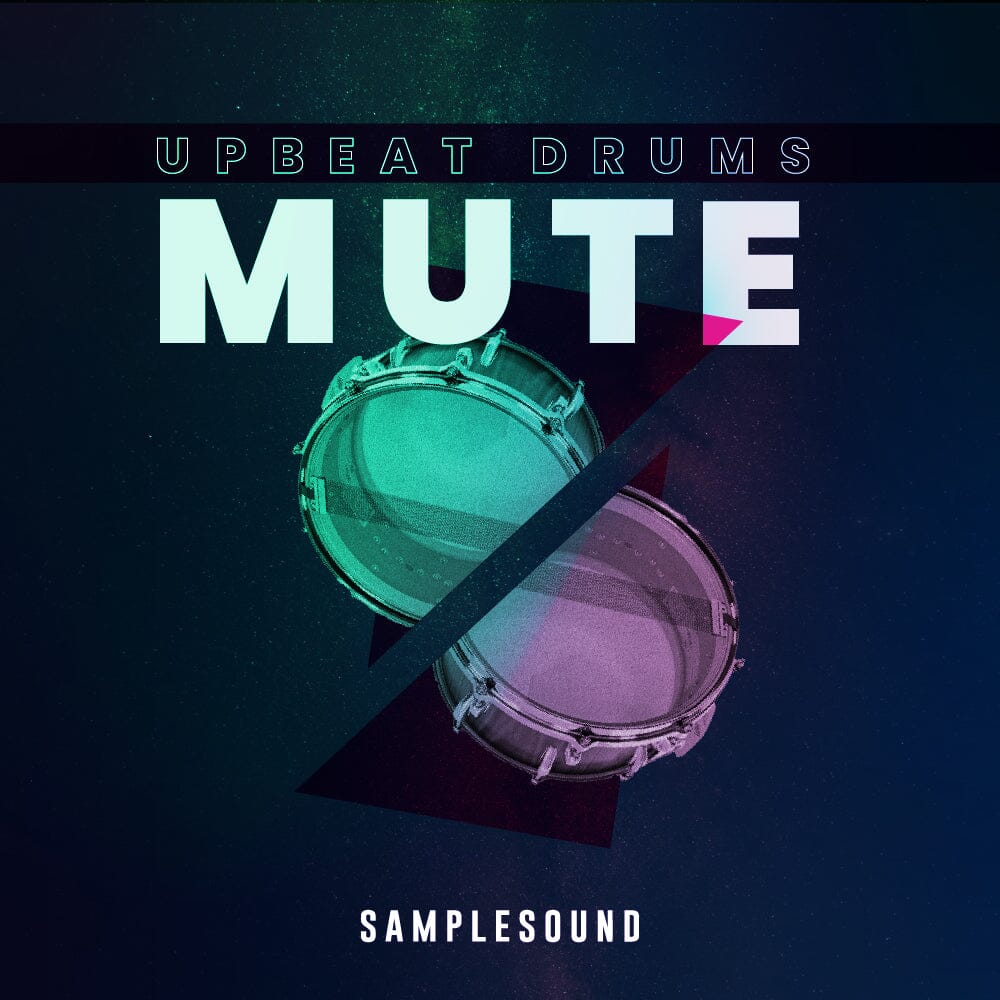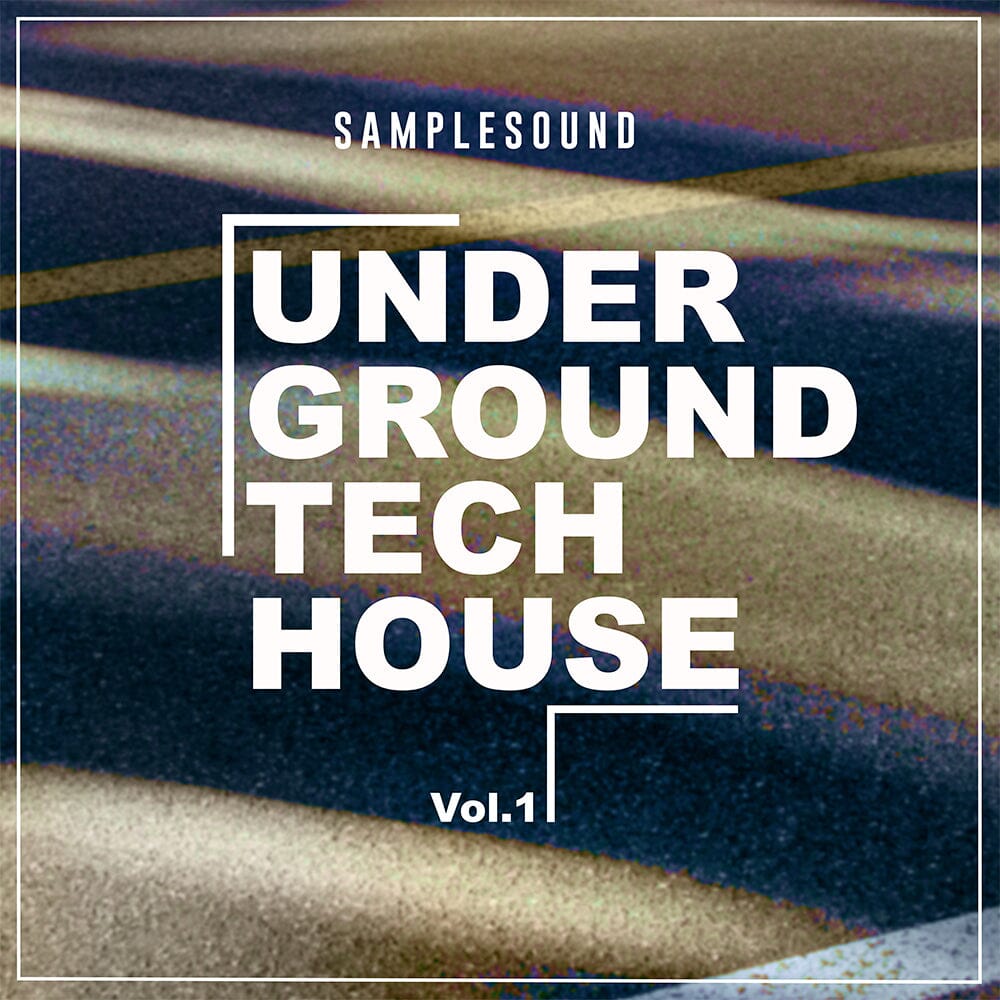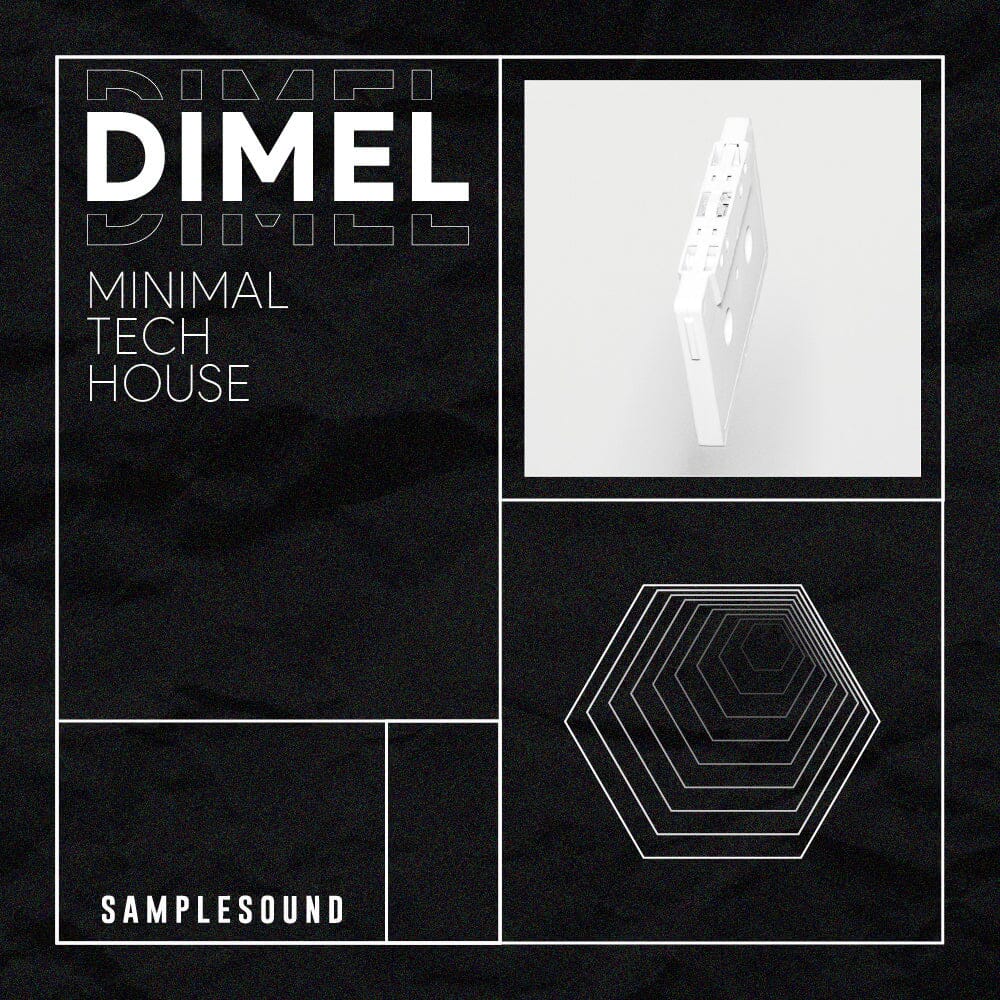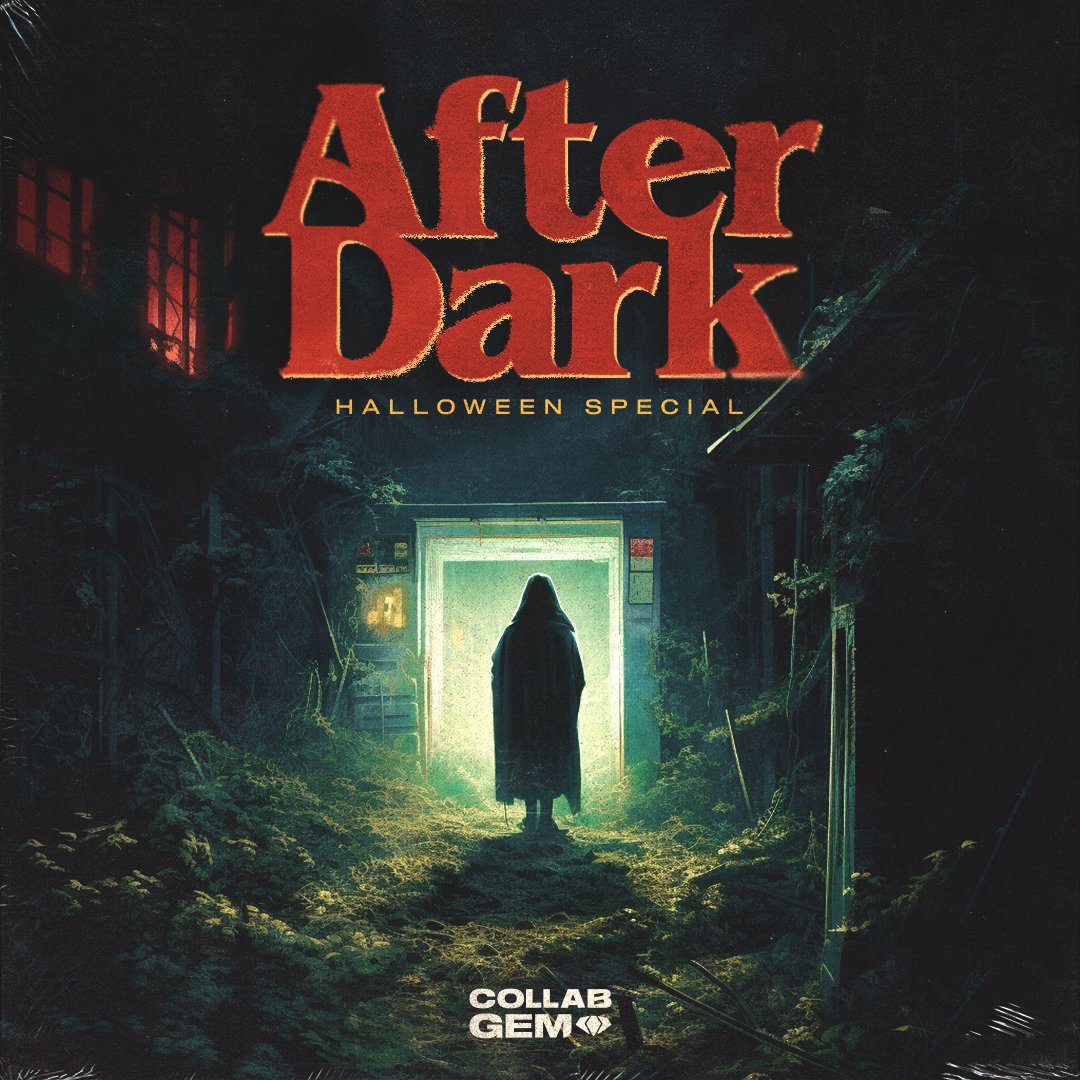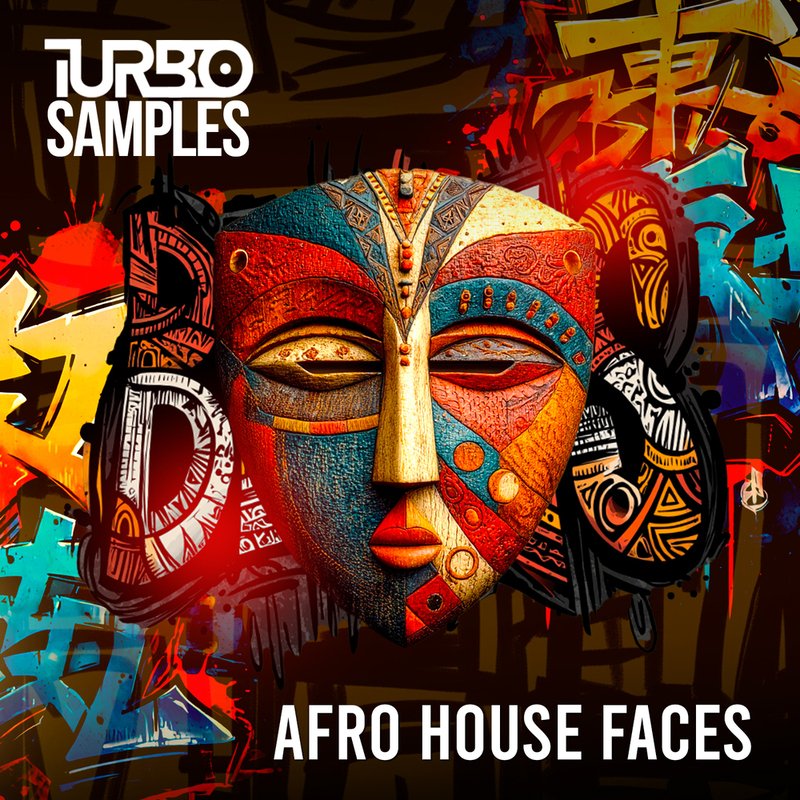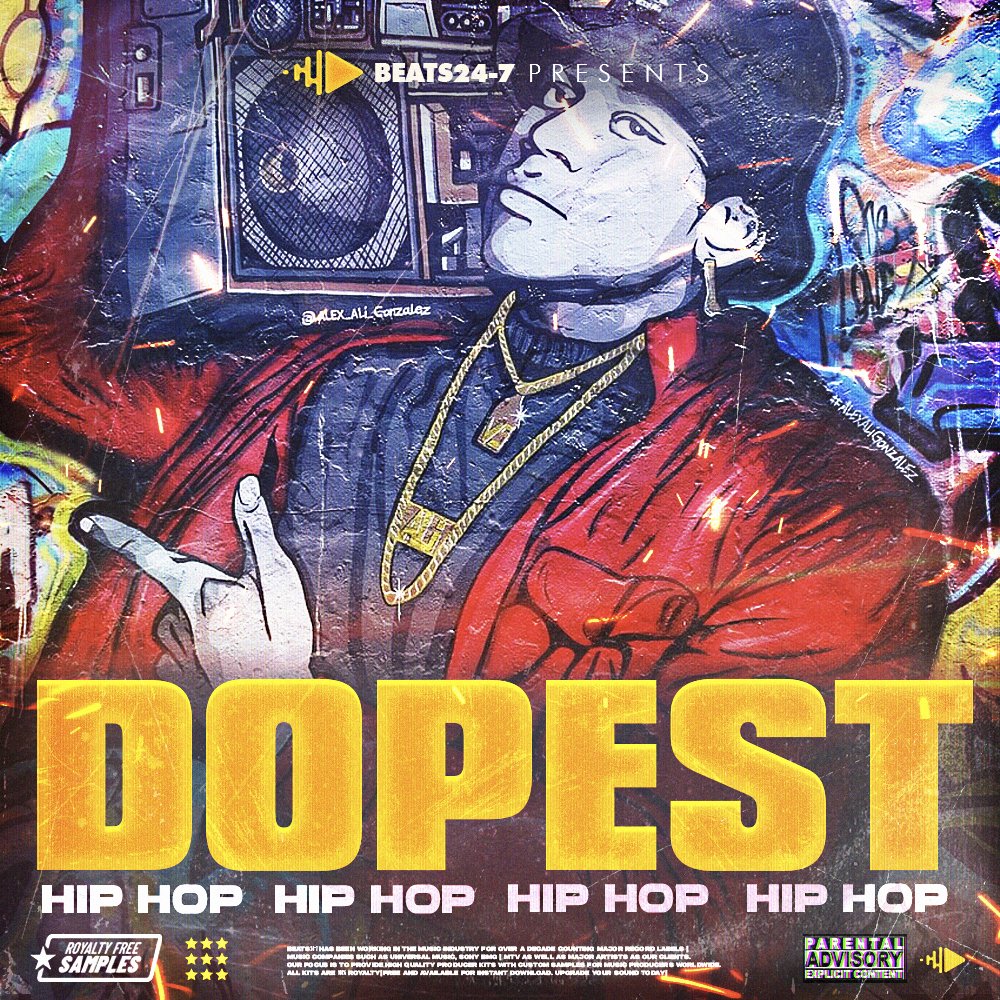Reverb is one of the most important effects to create a realistic atmosphere in an audio recording. With the help of a reverb plugin, you can add a more natural sound to your recordings. There are several reverb plugins on the market, but in this article, we will show you the best reverb plugins that are available at the moment.
Exploring the Different Types of Reverb
- Room reverb - Room reverb is characterized by its short decay time and diffuse sound. It simulates the sound of a small to medium-sized room and is typically used to add a sense of space and depth to an audio recording.
- Plate reverb - Plate reverb is characterized by its longer decay time and more focused sound. It simulates the sound of a metal plate that vibrates to create a reverb effect. Plate reverb is often used to add a sense of warmth and richness to an audio recording.
- Hall reverb - Hall reverb is characterized by its long decay time and spacious sound. It simulates the sound of a large concert hall or cathedral and is typically used to create a sense of grandeur and depth. Hall reverb is commonly used on orchestral instruments, such as strings, brass, and woodwinds.
- Chamber reverb - Chamber reverb is characterized by its dense and focused sound. It simulates the sound of a small, enclosed space and is typically used to create a sense of intimacy and warmth.
- Spring reverb - Spring reverb is characterized by its metallic sound and short decay time. It simulates the sound of a spring unit that vibrates to create a reverb effect. Spring reverb is often used on guitars and other instruments to create a vintage or retro sound.
In summary, different types of reverb can be used to create different effects and moods in an audio recording. Room reverb is useful for adding space and depth, plate reverb for warmth and richness, hall reverb for grandeur and depth, chamber reverb for intimacy and warmth, and spring reverb for a vintage or retro sound. Choosing the right type of reverb for your audio source will depend on the desired effect and the context of the recording
How to Use Different Reverb Types for Vocals, Melodic Elements, and Drums
Reverb On Vocals - Reverb is a commonly used effect in music production and is typically used to add a sense of space and depth to audio recordings. When it comes to vocals, different types of reverb can be used to achieve different effects:
- Room reverb - Room reverb is commonly used on vocals to add a sense of space and depth. It simulates the sound of a small to medium-sized room and is ideal for creating a natural-sounding reverb effect. Room reverb can be used on vocals in many genres of music, including pop, rock, and electronic genres.
- Plate reverb - Plate reverb is often used on vocals to add warmth and richness. It simulates the sound of a metal plate vibrating to create a reverb effect and is ideal for adding a vintage or retro sound to a recording. Plate reverb is commonly used on vocals in genres such as soul, R&B, and jazz.
- Hall reverb - Hall reverb is often used on vocals to create a sense of grandeur and depth. It simulates the sound of a large concert hall or cathedral and is ideal for adding a dramatic and epic sound to a recording. Hall reverb is commonly used on vocals in genres such as orchestral music and film scores.
Reverb On Melodic Instruments - When it comes to melodic elements, such as guitars and keyboards, plate reverb and hall reverb are often used to add warmth and depth to the sound. Plate reverb is ideal for adding a vintage or retro sound to a recording, while hall reverb is great for adding a sense of grandeur and space.
Reverb on drums - When it comes to drums, different types of reverb can be used to achieve different effects:
- Room reverb - Room reverb is commonly used on drums to add a sense of space and depth to the sound. It can help to create a natural-sounding reverb effect that blends well with other instruments in the mix. Plate reverb
- Plate reverb is often used on drums to add a sense of warmth and richness to the sound. It can help to add depth and dimension to the drums, making them sound fuller and more present in the mix.
- Hall reverb - Hall reverb is sometimes used on drums to create a sense of grandeur and space. It can help to add a dramatic and epic sound to the drums, making them stand out in the mix.
THE 5 BEST REVERB SOFTWARE TO USE IN YOUR MUSIC PRODUCTION
- FabFilter Pro-R - This reverb plugin is characterized by its transparent and natural sound, and its intuitive interface. It offers a range of settings, from small rooms to large halls, and features an EQ section that allows users to shape the reverb's tonal balance. The plugin also has a decay rate EQ that can be used to adjust the length of the reverb tail. FabFilter Pro-R is a great choice for adding a realistic sense of space to any audio source.

- Valhalla Room - This plugin is known for its lush and natural-sounding reverbs. It is based on the algorithms of high-end digital reverb units and emulates the sound of real rooms. The plugin offers a wide range of settings, from small spaces to large halls, and can be used on any type of audio source, from vocals to drums. Its modulation function allows users to add movement and depth to their reverb. Valhalla Room is a versatile plugin that is suitable for any genre of music.

- Waves Abbey Road Chambers - This plugin is modeled after the iconic reverb chambers at Abbey Road Studios, where many famous albums were recorded. It offers a classic and warm sound that can be used on a variety of audio sources, from vocals to guitars. The plugin has three different types of reverb, including the famous "long" chamber that was used on The Beatles' recordings. Waves Abbey Road Chambers is a great choice for adding a vintage and classic sound to your recordings.
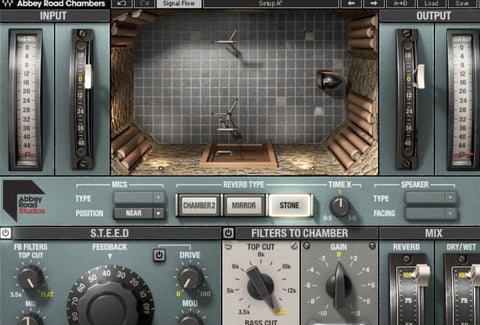
- Soundtoys Little Plate - This reverb plugin is based on the EMT 140 plate reverb, which was a staple in recording studios in the 1950s and 1960s. It offers a simple and easy-to-use interface, with only a few settings to adjust. The plugin is known for its smooth and lush sound, and is great for adding a vintage and analog feel to your recordings. It is particularly well-suited for use on vocals and acoustic instruments.
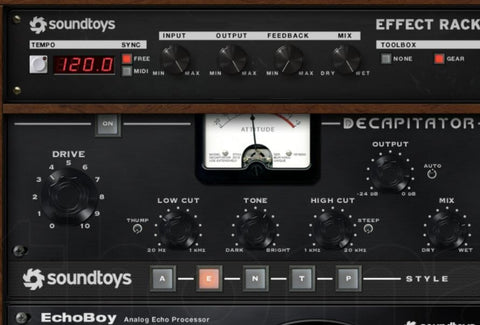
- Lexicon PCM Native Reverb Plug-in Bundle - This bundle contains seven different reverb plugins, each of which is modeled after a different type of reverb. The plugins offer a range of settings, from small rooms to large halls, and feature advanced algorithms that simulate the sound of real spaces. They also offer a wide range of modulation and EQ options, allowing users to shape the reverb's sound in detail. The bundle is suitable for any type of music production, from pop to classical.

In summary, each reverb plugin has its unique characteristics and typical use cases. Choosing the right reverb plugin for your recording will depend on the type of audio source you are working with, the sound you want to achieve, and your personal preferences.
In conclusion, these are some of the best reverb plugins that are available on the market. Each plugin has its unique features and options, and it's up to you to decide which one works best for your needs. With these plugins, you can add a professional touch to your recordings, and create a more realistic and natural sound.

